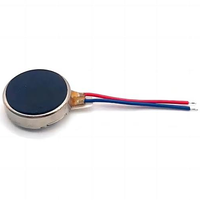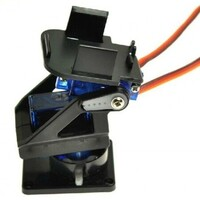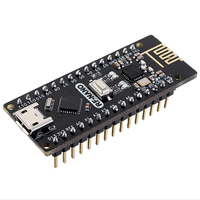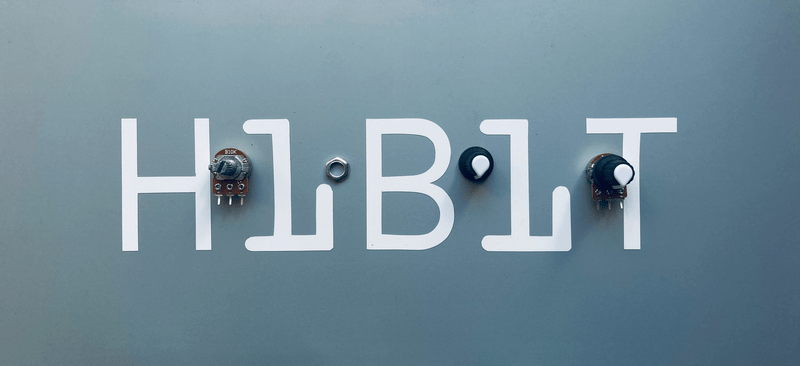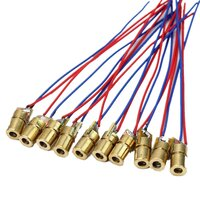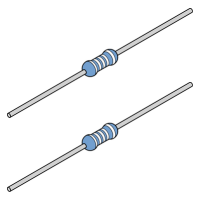Play Christmas melody with Arduino and a buzzer

Christmas melody is a heartwarming musical composition that captures the festive spirit of Christmas. With its enchanting blend of traditional holiday tunes and modern arrangements, this melody serves as a musical journey through the joy and warmth of the season.
Buzzer is used to generate sound, beep or even melody of a song. It can be found in alarm devices, computers, timers and confirmation of user input such as a mouse click or keystroke. A piezo buzzer is not like a regular speaker that you might think of. It uses a material that actually changes shape when you apply electricity to it which in turn creates noise. The faster you bend the material, the higher the pitch of the noise that is produced.

